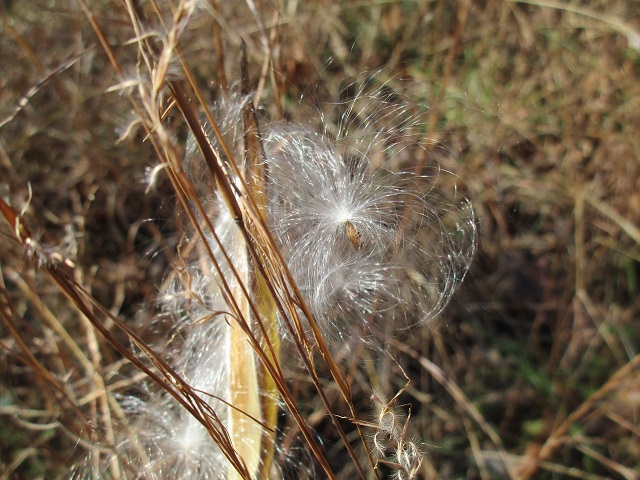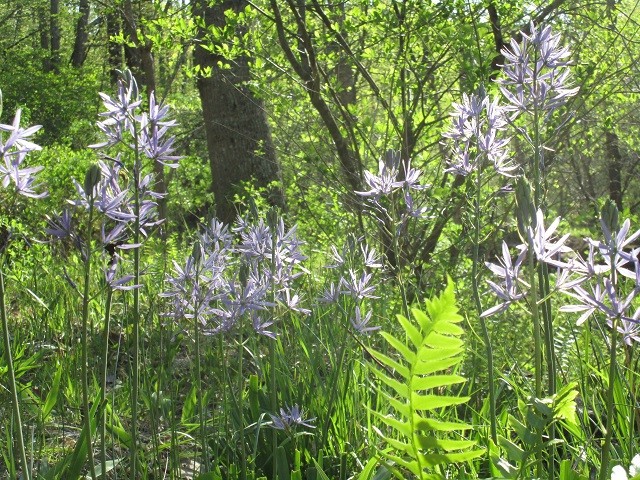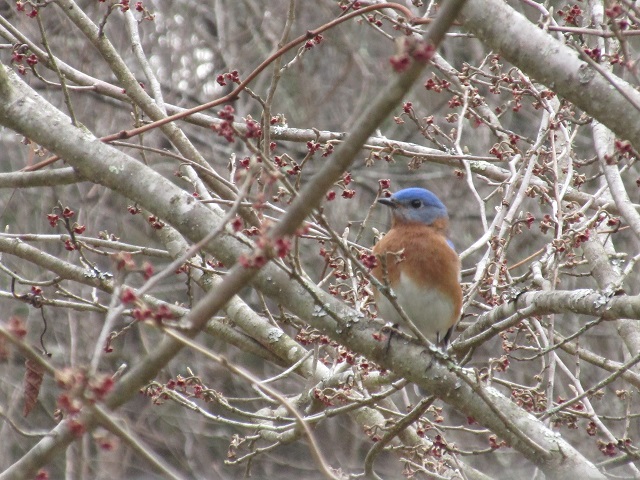December ushered in a full moon. Now at its end the winter solstice sees it waning, high in the sky like an angel’s fingernail in the mornings. Our night skies have been spectacular, with sporadic International Space Station sightings, Cassiopeia rising in the northeast and Orion riding down the west. The pines on the driveway hill obscure due north and I’ve never been able to spot the Big or Little Dippers. Jupiter has been prominent, very bright and high. Mars rising ruddy over the meadow just after dark.
We are blessed in this particular fold of the Blue Ridge to be amazingly free of light pollution and though our horizon is drawn inward by the surrounding hills, it is clear and in the winter absence of leaves, surprisingly multi-dimensional as contours reveal themselves.
The creek is running briskly with regular rains, more predicted this Christmas weekend with snow and ice and temps in the low teens. Brought in all the potted herbs from the deck. A real winter. Only a few of the woodland beeches and oaks have retained their leaves and all is bare. The garden beech shows a rim of reddish buds wrapped like tight silk parasols against the sky.
Twigs with beechnuts brought inside look like graceful dancers.
 We are making a determined effort to rogue out the privet that’s infested the little dell across the creek. Spent an afternoon cleaning up the little delta across from Milo’s Bend where we planted an Amelanchier sprout from Fran Boninti at the base of the native one that broke in last winter’s snow. A large dark greenstone covered in sea green lichens is more prominent now, its face flush with the slope below the Amelanchier. A vignette to ponder as we pass by the place of dear Milo’s demise.
We are making a determined effort to rogue out the privet that’s infested the little dell across the creek. Spent an afternoon cleaning up the little delta across from Milo’s Bend where we planted an Amelanchier sprout from Fran Boninti at the base of the native one that broke in last winter’s snow. A large dark greenstone covered in sea green lichens is more prominent now, its face flush with the slope below the Amelanchier. A vignette to ponder as we pass by the place of dear Milo’s demise.
A scattering of young hemlocks and a large mountain laurel thrive along this north slope of the creek as it runs through the east meadow. They’ve grown over the years and make a real evergreen presence in the woods now. Keeping the meadow path mowed has opened up the woodland hill that parallels it and the edge is becoming familiar to me. Walkways, paths and windows make the garden.
New Year’s day will see the dismantling of the corner table that accumulates my life over the year. As we sip a bottle of a local champagne – Thibeaux-Janison from Afton – all will be filed away, the table, chair and lamp washed and polished, library books dusted and we’ll start all over again.





































